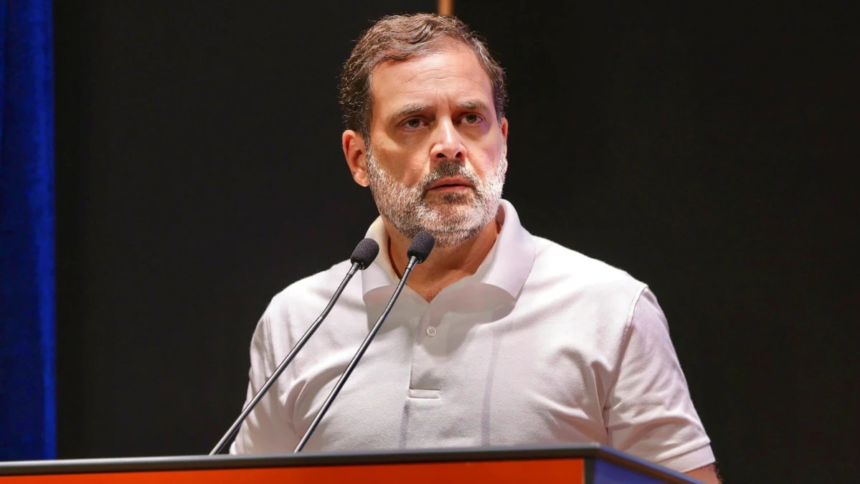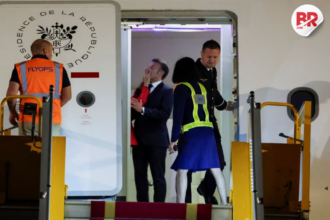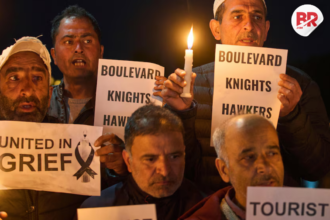
Rahul Gandhi, Leader of the Opposition in the Lok Sabha, has once again criticized the Election Commission (EC), accusing it of trying to hide or destroy important election-related evidence.
In a post on X (formerly Twitter), Rahul said,

“Voter list? Not in a machine-readable format. CCTV footage? Hidden by changing the law. Photo and video of voting? Not kept for one year anymore—now destroyed in just 45 days. The one who should be answering is destroying the evidence. This clearly shows the match was fixed. A fixed election is dangerous for democracy.”
EC Responds
The Election Commission responded strongly, saying making such footage public would risk the privacy and safety of voters. They said that while Rahul Gandhi’s demands sound like they support transparency, they may actually harm voters and democratic processes.
Read more: Rahul Gandhi Demands Voter Data, CCTV Footage in EC Clash…
Why the EC Deletes CCTV Footage After 45 Days
- The EC explained that the CCTV footage is only meant for internal use.
- By law, an election can only be challenged within 45 days of the results.
- If no petition is filed during that period, the EC deletes the footage to prevent misuse.
- If someone does challenge the election in court, the footage is preserved and can be shared with the court.
EC officials warned that if this footage was made public, political parties might use it to identify who voted and who didn’t at a particular booth. This could lead to intimidation, discrimination, or even harassment of voters by certain groups.
Also Read: Rahul Gandhi Asks EC to Reveal Date for Sharing Voter Data of Haryana, Maharashtra
Rule Changes Last Year
Last year, the government changed election rules (based on EC’s advice) to limit public access to video footage like CCTV and webcasting. This was done to protect voters and avoid misuse of sensitive data.
The EC also clarified that elections are recorded in various ways—like photos, videos, CCTV, and live webcasts—but these are mainly for documentation, not for public release.












